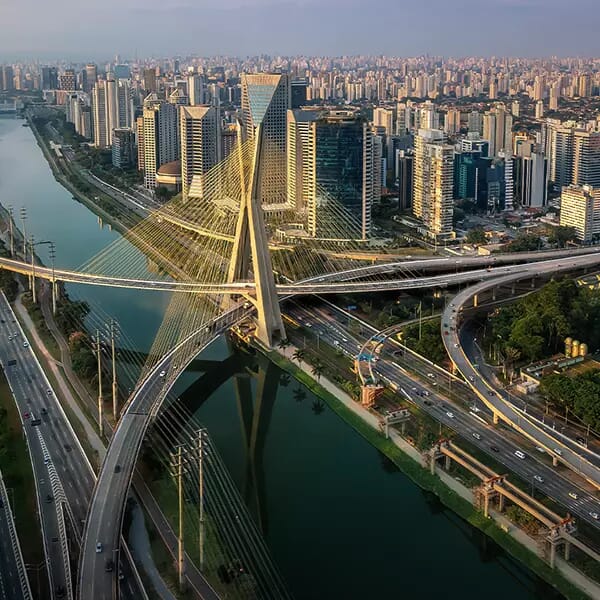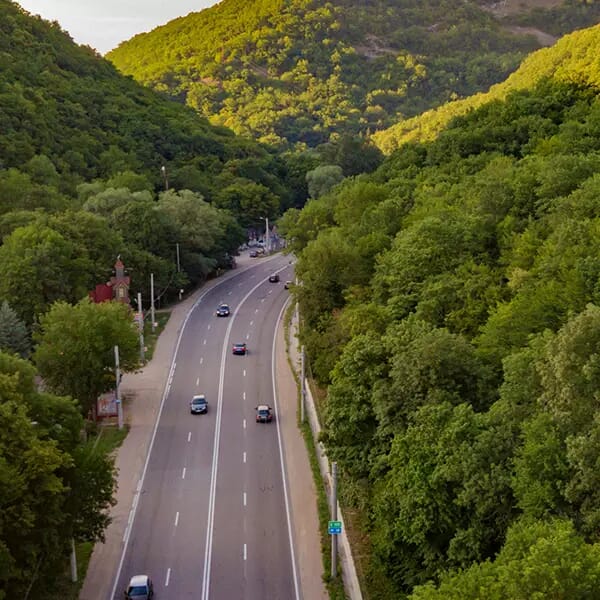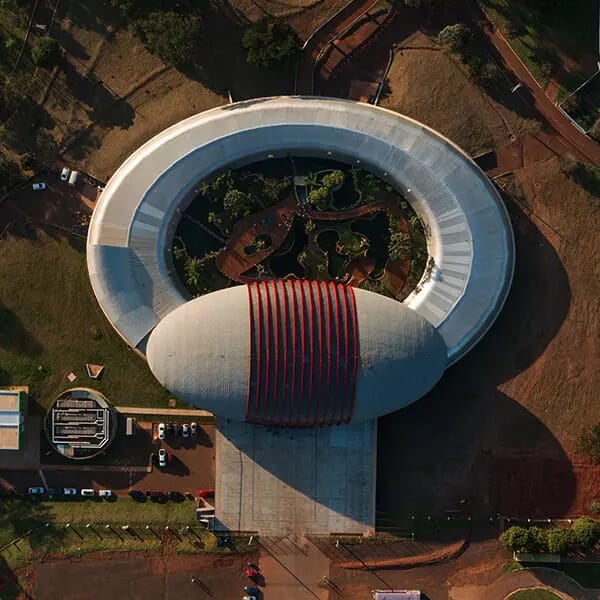 Credit: Elxeneize / Envato Elements
Credit: Elxeneize / Envato ElementsGreen Energy - How can India make it available round the clock?
Round the Clock in India
The MNRE has come out with the Renewable Energy (RE) -based round the clock (RTC) power scheme. The scheme is unique globally as conventional and non-conventional resources will complement each other to provide a sustainable firm power to the grid. The policy states that the RE power may include solar, wind, small hydro, or a combination thereof, with or without any Energy Storage System.
With the introduction of RTC, the most significant criticism against solar power has been taken off the board. The industry participants believe that RTC is to be the game-changer like the REVA.
There are inherent factors with renewable energy that one is to be aware of. The first being the high CUF and transmission utilisation; this concern with renewable energy is a problem addressable in RTC. Second is the firmness of power, the generation of renewable energy is not predictable. However, this can be solved by combining digital technology and storage solutions that would enable the market to get to a stage where some confidence would arise in making the predictions for renewable power. Third, being intermittency, the renewable power is intermittent, and at best, the producers would be able to predict when and how much power can be generated; however, getting rid of intermittency doesn’t seem possible. Unlike thermal plant-based energy, RE is difficult to schedule. All these inherent factors make it plausible to combine renewables with thermal power.
Even the ministry has supported combining fossil fuels with renewables to come up with firm power. On 22 July 2020, the Ministry of Power (MoP) rolled out Guidelines for Tariff Based Competitive Bidding Process for Procurement of Round-The Clock Power from Grid Connected Renewable Energy Power Projects1, complemented with Power from Coal Based Thermal Power Projects (Guidelines). By allowing bundling of renewable energy with the coal-based thermal power, the MoP, through the Guidelines, has tried to address the challenges posed by the intermittent and unpredictable nature of renewable energy and low capacity utilisation of the transmission system and ensuring grid stability.
As more and more solar power is introduced in the grid, the costs towards firming the power and ramping up and managing grid become higher and higher. RTC helps with balancing this with the hybrid model. It helps in better CUFs as compared to standalone projects adding to the competitiveness and viability of the plant. RTC also helps in handling the conflicts with the land.
It is expected that the Plant Load Factor (PLF) for RTC will drop below 50%. The industry participants believe that the blunder is that transmission lines are built on a capacity megawatt basis and not energy transmitted. It would be helpful to work on a financial model for constructing transmission with a baseline number and a loaded cost on kilowatt-hours.
With the transmission costs for renewables being currently waived until Jun 2023, using hybrid power will help utilise the transmission lines (reaching the far off and distant RE plants), and transmission cost will come down. The government can work more on bringing innovative policies on the highly under utilised transmission infrastructure.
The participants believe that the industry needs to be clear on objective, i.e. get as much clean energy in the grid as possible; there is no possibility of getting 100% green energy in the grid. Keeping in mind the inherent issues in green energy, thermal energy does have its merit. Hence RTC is a great construct for achieving the objective.
Are the expectations aligned?
The central government awarded a contract for the supply of 400 megawatts of solar and wind energy. Unlike other such contracts, this was the first-ever “round-the-clock” supply contract. It’s winning tariff of Rs. 2.9 per unit is even lower than most coal-based thermal projects.
Solar is an infirm power wherein the power cost is around Rs. 2 and the transmission costs around Rs. 1-1.5, resulting in the actual cost around Rs. 3.5.
The question that arises with the sub-Rs 3 tariff is whether the right expectations have been raised? Perhaps with the current technology, a sub-Rs 3 tariff is not feasible. It means that the wrong set of expectations has been placed compared to the realistic value, which is more than Rs 3. This provides a wrong benchmark for players who don’t understand the technology or tender structuring.
DISCOMs and Renewables
DISCOMs normally compare the variable tariff of coal-based with solar tariff. Only when the variable tariff of coal becomes higher than the solar tariff, the DISCOMS would shift to solar power. DISCOMs are not going to care if it is infirm or firm power, the preference would be for the power to be Rs 2 or less. However ideal the scenario, the technology of today does not permit for such lower tariff. A few years down the line we can expect the cost of solar to be less than the variable cost of a coal-based power.
The DISCOMS are fighting to have lower tariffs, whereas RTC by default is going to be more expensive than plain vanilla wind and solar due to the commitment of 70% in a day/ month. The plain vanilla contrast is simpler and cheaper, raising the concern on why DISCOMs will sign for power in the complex RTC construct. The risk remains on whether the DISCOM will sign PPA.
More to do on storage
The whole philosophy is focused on firm power; however, storage is not yet brought to at a scalable level. RTC provides better visibility in tenure from a financing perspective, specifically from a battery storage perspective as cost towards building storage is expensive.
Currently, focus on storage is only at the plant end; as a larger picture, one needs to think about storage at all three levels, i.e. the plant, grid, and customer end, just like the tesla model. With this model each level will have a certain level of storage. Storage at plant level would help in accurately forecasting and scheduling renewable power. At the grid level, it would help with curtailment or stability. Moving and working more on storage in renewable power will help in getting rid of conventional power. The ideology should be to think about storage and then relook at complete renewables models.
Key actions for the promoting green energy
There is a challenge in the way the government assigns the contracts. It is not being honoured as a public, private partnership agreement should be. The thought is that once the project is awarded every fact remains sacrosanct, and once the contract is awarded, the partnership is over and is a one-sided contract. Way of awarding and selecting contracts should include all the stakeholders – design tender / purchasing the requirement.
In coming up with initiatives for green energy, the central government doesn’t consult the state government, who are in effect going to be buying. Initially, there was a consulting committee, where what was good for the country was the baseline principle kept in mind to work towards what is to be done, what policies or processes are to be implemented, and what is to be achieved. Working towards aligning the interest and taking the opinion of all stakeholders would help. The key is to involve the stakeholders, being the DISCOMS. Unless the problem of DISCOMS is solved, the fruitful discussions will not lead to an outcome.
Also, the participants believe that cancer lies in the DISCOM health. Recouping the health of the DISCOMs could help pay that extra rupee extra towards green power in India.
Reducing solar power cost has not reduced overall cost as the wheeling charges have been consciously increased, resulting in the total costs being higher than the DISCOM power. There is a regulatory interface required. Knowing it is inherently an expensive product, the wheeling should not be more expensive, resulting in it becoming unfavourable. The regulators are urged to be more lenient towards renewable energy involving storage as compared to plain vanilla renewable energy.
One form of renewable energy that have been in the shadows is bioenergy. Bioenergy is the one form that gives base load power for 24x7, a PLF of 100% and the opportunity to do a hybrid with solar and wind. The decisions undertaken by bureaucrats show that carbon is not priced correctly; rather than spending toward setting up biomass plants and create bioethanol and biogas, billion dollars are spent to curb pollution once it has already been emitted. Exploring bioenergy would help address the issues in carbon emissions.
Another renewable energy that has had significant success stories of other countries is hydro. However, in India, currently, enough discussions are not being undertaken to use hydro power and focus on wind and solar.
Since wrong decisions are being penalised, currently, bureaucrats are refraining from making any decisions. Unless there is a mechanism that holds bureaucrats accountable for the delay in decision making, the policies and discussions for the growth of renewables will not be productive.
 |
CONTENT SUPPORT
AMIT JAIN Senior Energy Specialist The World Bank |



